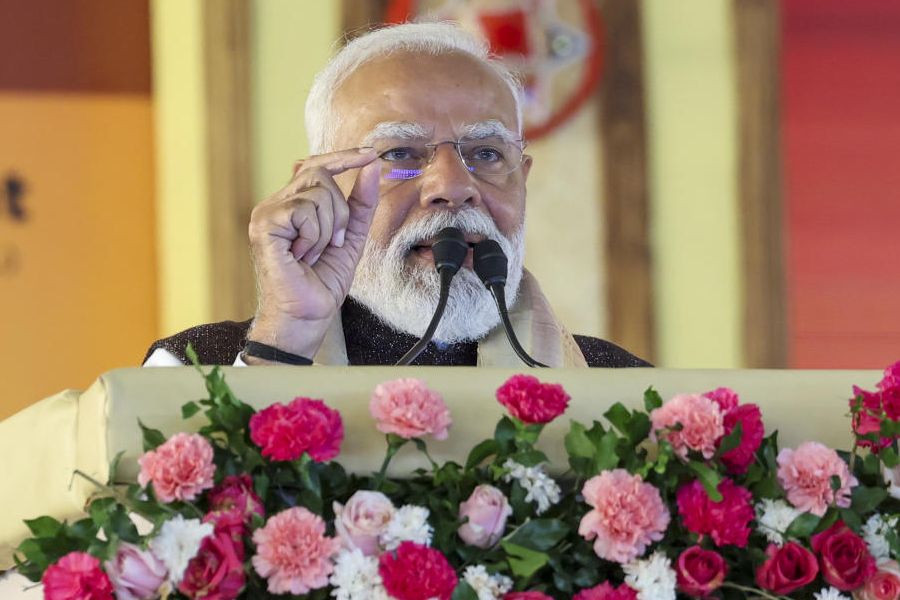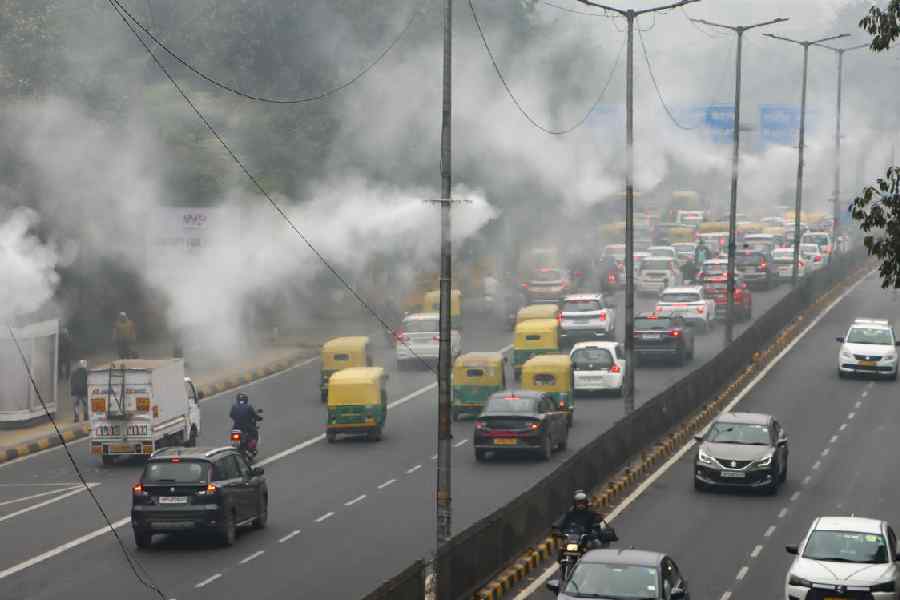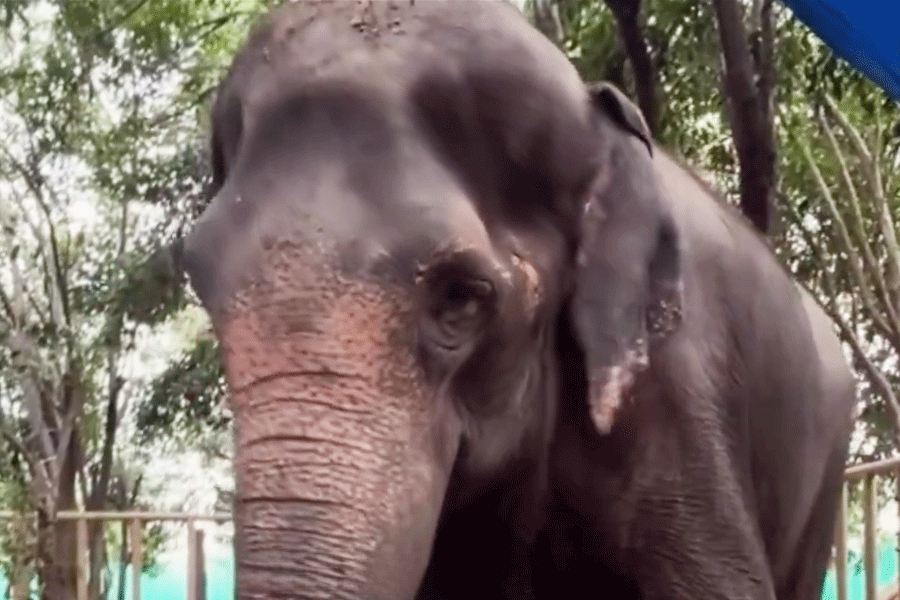Patna, April 11: The provisional data of 2011 census for Bihar was released today. State coordinator for census and principal secretary of revenue and land reforms department released the data in a function in which state census director K. Senthil Kumar was also present.
The provisional report says that the state recorded a decadal growth rate of 25.07 per cent between 2001 and 2011 and the state population now stands at 10,38,04,637. The decadal population growth rate has gone down by more than 3 per cent and it was 28.62 per cent between 1991 and 2001. A decade back, the state was home to 8.29 crore people.
Males outnumber females in the state population, as their total number is 5,41,85,347 whereas the number of females stands at 4,96,19,290. “According to the latest census report, Bihar has become the third most populous state of the country after Uttar Pradesh and Maharashtra,” Kumar told press.
Patna with a population 57,72,804 people is the most populous district of Bihar, whereas Sheikhpura with a population of 6,34,927 is the least populous district of the state. Madhepura in eastern Bihar recorded the highest decadal percentage growth rate, which stands at 30.65 whereas Gopalganj recorded the lowest population growth rate of 18.83.
The growth in population has a corresponding effect on population density and it now stands at 1,102 people per square kilometre. In 2001, the corresponding figure stood at 881.
Sheohar is the most densely populated district with population density of 1,882 per square kilometre whereas Kaimur is the least densely populated district and the population density in this district is just 488 per square kilometre, which is less than half of the state average.
A unique feature of the census report is that the ranking of districts on the basis of total population is more or less similar to what it was in 2001.
Giving reasons for this, honorary director of Population Research Centre Arun Kumar Sinha said: “It indicates that the intra-state migration is virtually not taking place in the state.”
Noted economist N.K. Choudhary attributed lack of industrialisation to the absence of intra-state migration in the state. “Such things take place when certain centres in a state grow rapidly giving birth to pull factors to people of other places. This is not taking place in Bihar,” he said.
The census work in Bihar was carried out in two phases. The first phase was conducted between May 15 and June 28 in 2010 where as the final phase work was carried out between February 9 and 28 this year. The revisional round of census work was carried out between March 1 and 5 and Bihar was the first state to provide census-related data to the Centre. “Though the deadline for supplying this data was March 10, we sent the state-related data on March 7 itself,” said the census director.
Total 1,72,000 enumerators were pressed into service for collecting census-related data and there were 32,000 supervisors, who were monitoring the data-collection work. The census directorate had prepared a pool of 4,400 master trainers who educated the pool of enumerators and supervisors for carrying out the census work.
“The data released now is just the provisional one based on the abstract reports provided by the districts and the final population total would be released after verifying the entries made in the census forms filled by every family in the districts,” Kumar said.
To ensure that the verification work is carried out in error-free manner, scanners are used to store data and then intelligent character reader technique is used to collect information from scanned data.“As the volume of data is huge it would take six to 12 months to arrive at the final figures of the census,” Kumar said.











